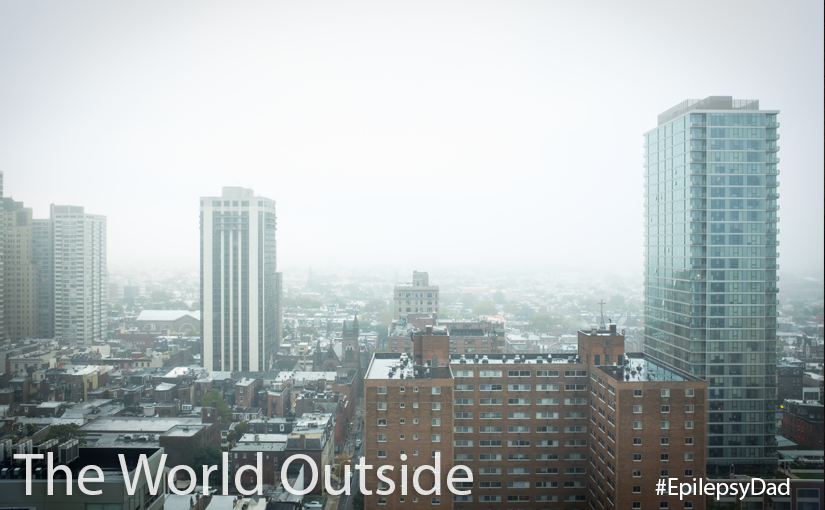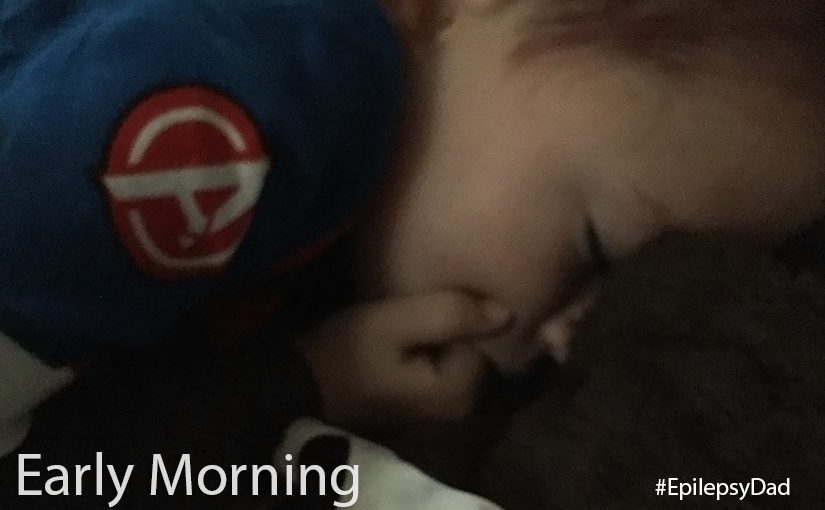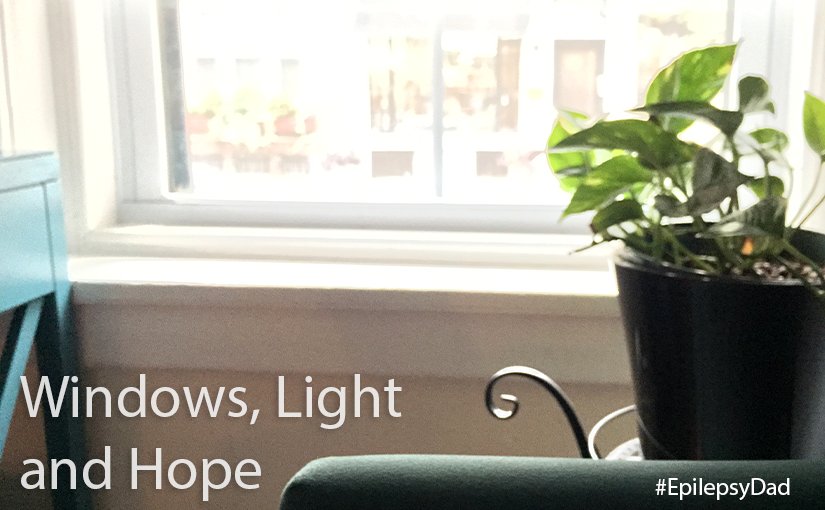I’m lying in bed next to my son who I haven’t seen all week. With my right hand on my laptop, I reach my left hand over and rest it on his back, making sure he is still there. I can feel his breathing, my hand rising and falling with each of his breaths.
On the other side of him is my wife, who I was also missing. The last few weeks have been a whirlwind. A new job. A new house. A new school year for my son. A new medication for his seizures. A new outlook. A new focus.
With so many changes going on, I’d been so consumed with my life that I hadn’t looked up to see the world outside. When I finally did, I wished I hadn’t. The world kept turning. Things kept happening. Hurricanes, mass shootings, fear, and hatred. Human beings being cruel to each other and using their power to silence their victims. It seemed that the world had been uglier than usual in the time that I’ve been away. I felt both selfish and grateful to be away from it. To not experience it. To not get involved. To focus on my life and to shut out the world.
But that couldn’t last. The world seeped in, overflowing an already stressed situation. The combined strain tested the strength of that connection to my anchor. Our stressful lives during a chaotic time in an especially cruel world. Survival became about pursuing the path of least resistance. It was easier to hide from the world than it was to be a part of it. It was easier to not write than it was to write. It was easier to use the excuse of being too busy in life to avoid being a real part of it.
I pushed myself away from the world but I had nowhere to go. My family is my anchor, and I was thousands of miles away in every meaning of that phrase. A cross-country trip that followed added physical distance to the emotional. But on the plane ride back, I could feel the weight of the last few weeks lifting. The world in conflict sped below me as I looked out the window from a familiar, distant perspective. But it wasn’t the world I was eager to get back to. It was my family that was pulling me back, and I couldn’t get to them fast enough.
And so here I am, restlessly lying in bed next to my family in our new home. My obligations to our new life and the workday ahead steal my focus. But my son’s breath serves as a metronome that brings my attention back to this room. The cadence of his breathing and the rising and falling of my hand on his chest connect me to him. I find my wife’s hand in the same place, so we’re all connected together once again. The world outside and my insecurity conspire to keep the attention of my head and my heart. In this moment, though, I know that it will be my family that gets me through.


